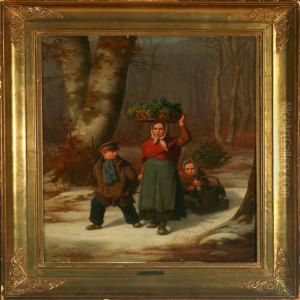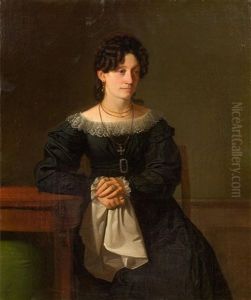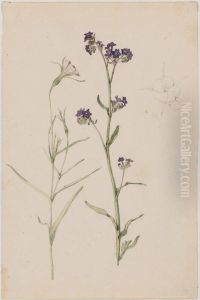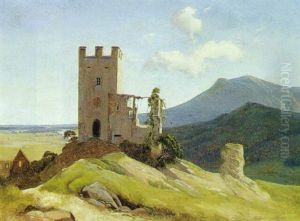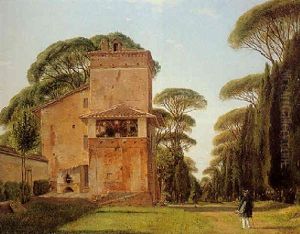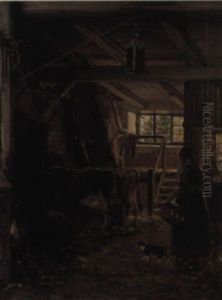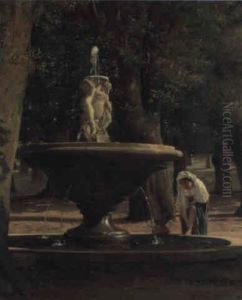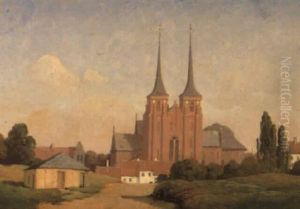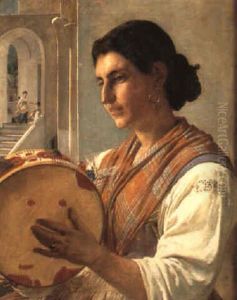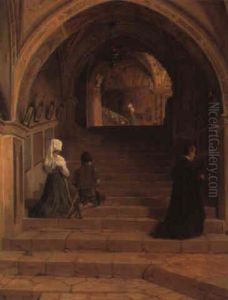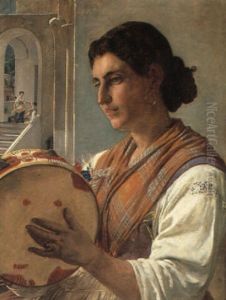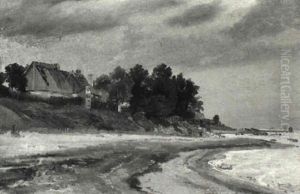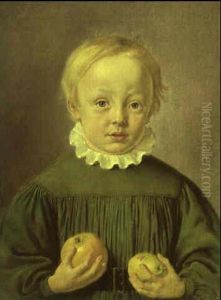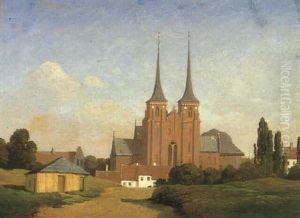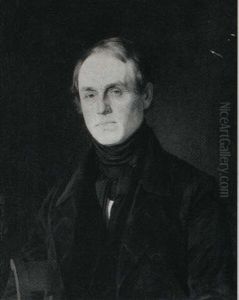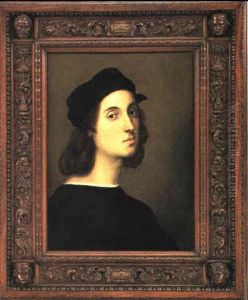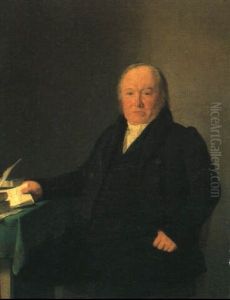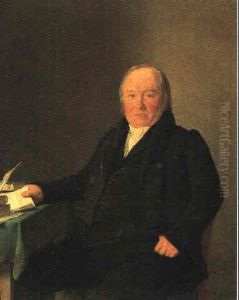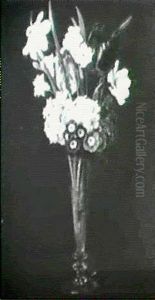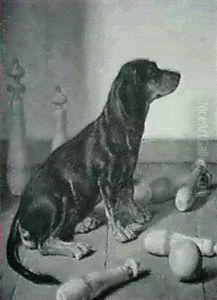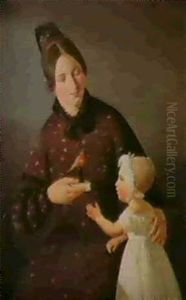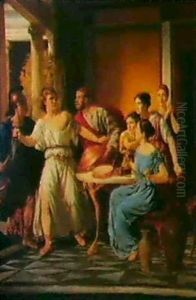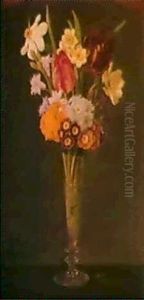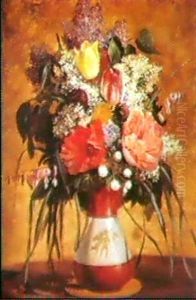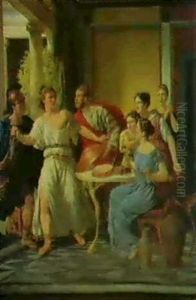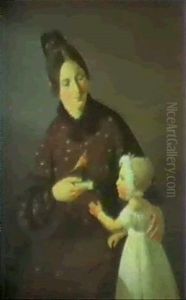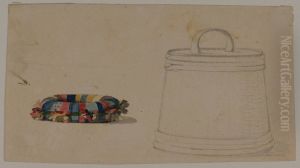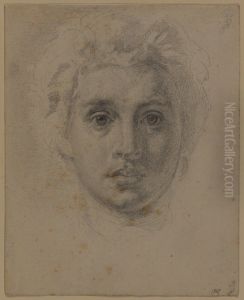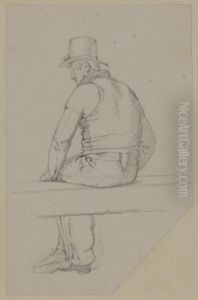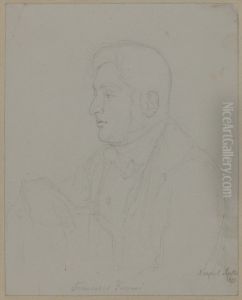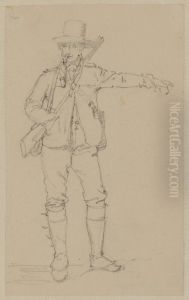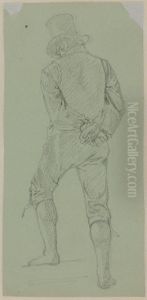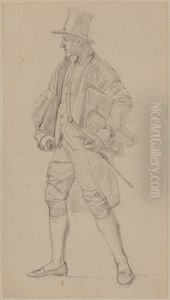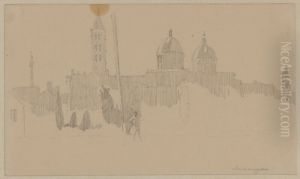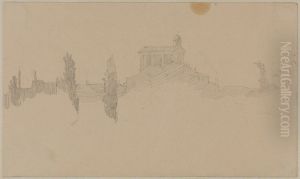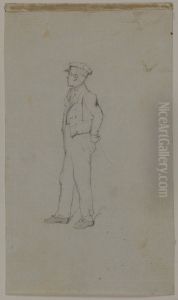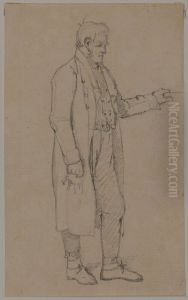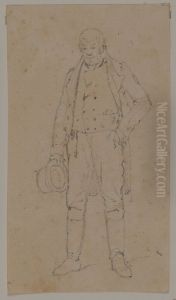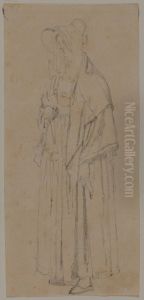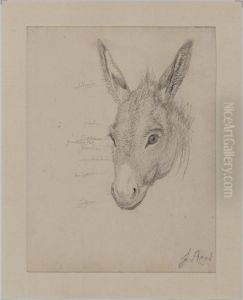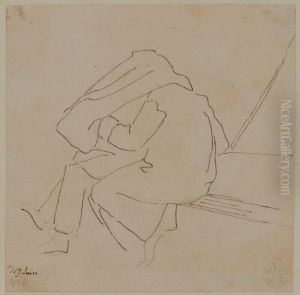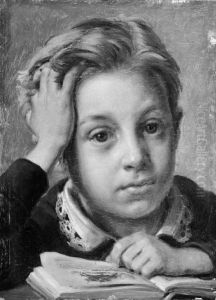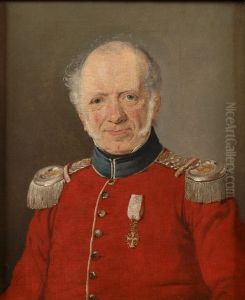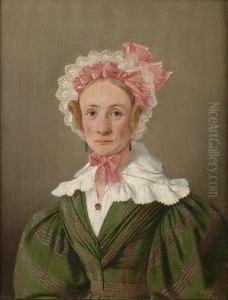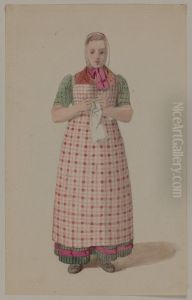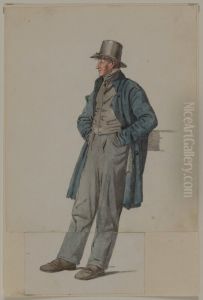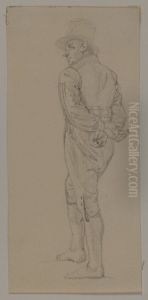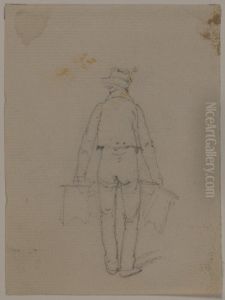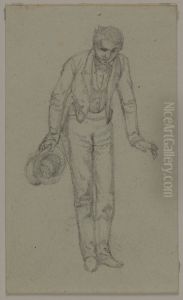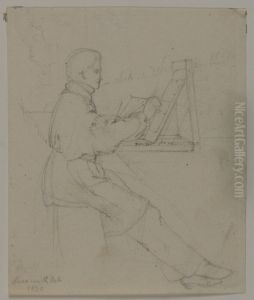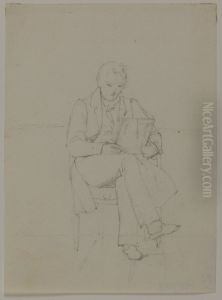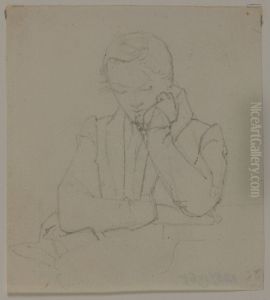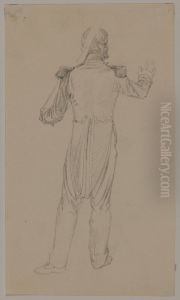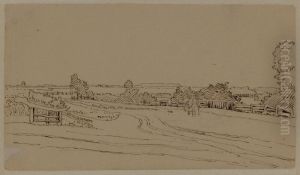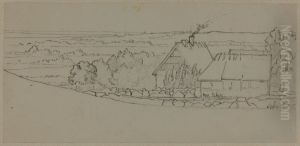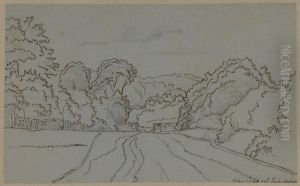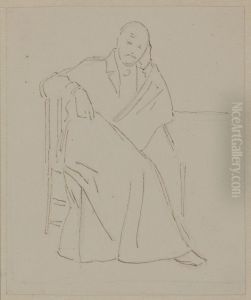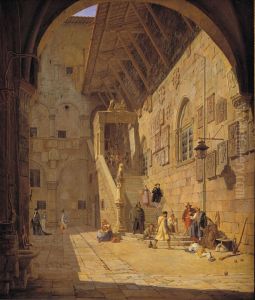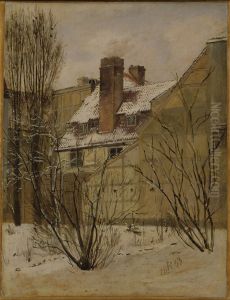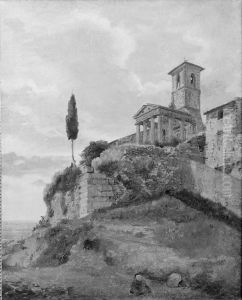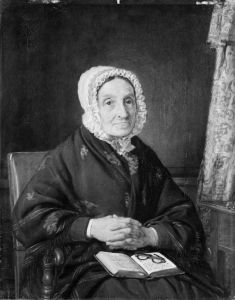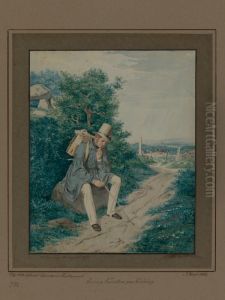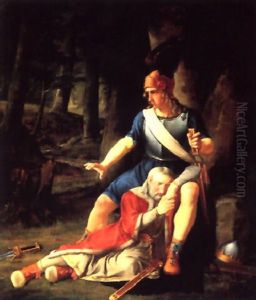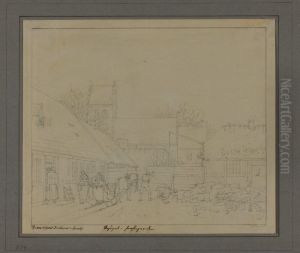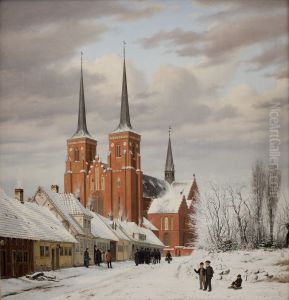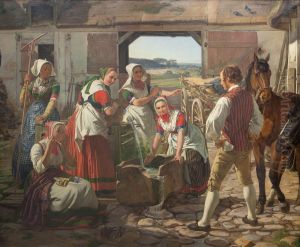Jorgen Roed Paintings
Jørgen Roed was a distinguished Danish portrait and genre painter, born on August 13, 1808, in Ringsted, Denmark. He was part of the Golden Age of Danish Painting, a period when a number of highly skilled artists emerged in Denmark, contributing significantly to the art scene with their classical and romantic styles.
Roed began his artistic education at the Royal Danish Academy of Fine Arts in Copenhagen at a relatively young age and showed significant promise. He was trained by some of the leading artists of the time, including Christoffer Wilhelm Eckersberg, who is often referred to as the 'father of Danish painting.' This training was crucial in the development of Roed's style, which combined a classical approach to art with a keen observation of nature and light, characteristic of the Danish Golden Age.
Throughout his career, Roed traveled extensively, which included a significant stay in Italy. His time there from 1834 to 1836 had a profound influence on his work. He was particularly inspired by the Italian masters and the vibrant Mediterranean light, which he sought to incorporate into his own paintings.
Roed is perhaps best known for his portraits, which were highly sought after by the Danish elite. His portraits are characterized by a sense of realism and psychological depth, often capturing the subtle nuances of the sitter's character. He was also known for his genre paintings and historical scenes, where he displayed a similar attention to detail and atmosphere.
One of Roed's most famous works is the portrait of the Danish philosopher Søren Kierkegaard, painted in 1842. This painting is notable for its introspective quality and is considered one of the most iconic representations of Kierkegaard.
Jørgen Roed's contribution to Danish art was recognized in his lifetime. He became a member of the Royal Academy in 1847 and later served as a professor at the Academy, influencing the next generation of Danish artists. His legacy is preserved in the form of his artworks, which can be found in museums and collections across Denmark.
Jørgen Roed passed away on August 8, 1888, in Copenhagen, leaving behind a body of work that continues to be celebrated for its technical mastery and its embodiment of the spirit of the Danish Golden Age.
